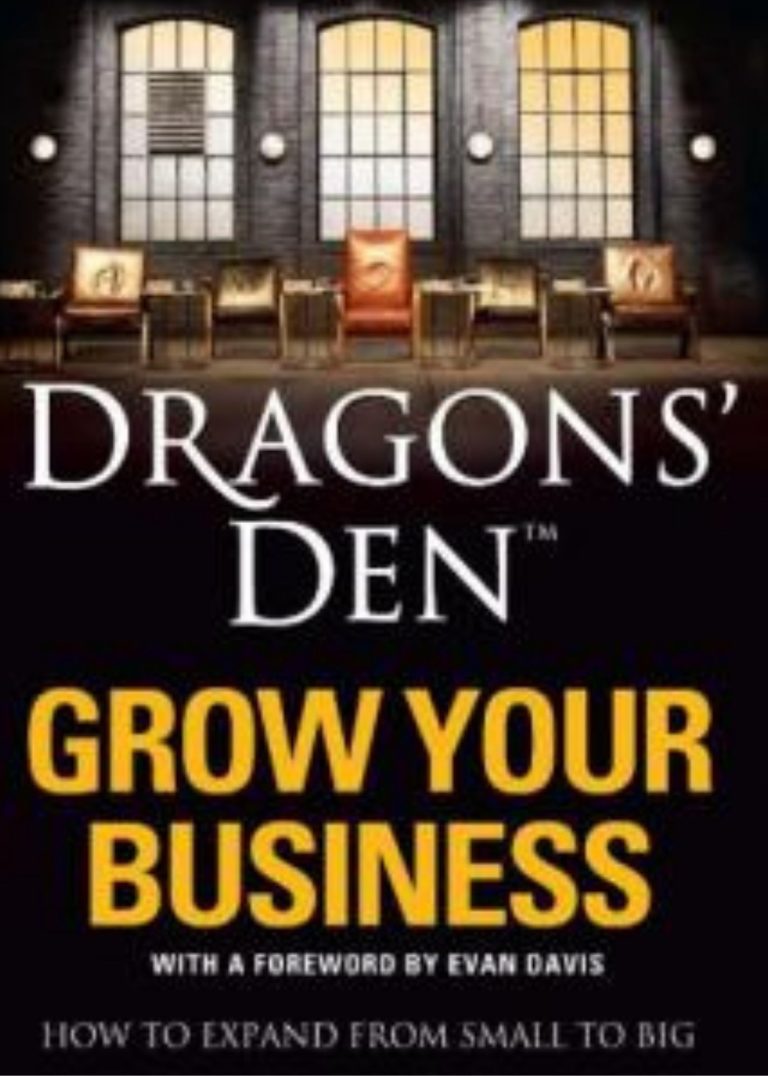Ten Steps to Presentation Success Part Two: That Standing Ovation!
Preparation over and everything is ready to go. If you followed Nina Lovatt’s advice about preparation last month then you should be raring to go. Now the challenge is the delivery of the presentation itself. Once more Nina takes us through five key areas that transform your presentation from the routine to the highly memorable – for all the right reasons!
Last month I looked at steps 1 to 5 and used the mnemonic ‘PANIC’ to act as an easy reminder to help you when preparing for your presentation. This month we take a look at delivery with five further pointers that help you put across your presentation in the most professional and winning way.
No mnemonic this time, but five other ‘must-haves’ to leave your audience wanting more.
“It’s not what you say but how you say it”
Research both here in the UK and in the USA has shown that it is not what we say but how we say it that has the most impact on an audience. If you want to be authoritative to your audience you must look authoritative: confident eye contact, upright posture and calm demeanour. A little tip, if you’re worried about nerves, use the politician’s trick of letting the index finger and thumb meet of both hands to form a circle; press these hard together if ever you feel under pressure You’ll know you are doing it but your audience will never suspect that you’re nervous. Watch out for it when others speak!
Make an impact with your visuals
As we all know there is nothing worse than crowded slides, poor handwriting on a flip chart or badly produced handouts. You can prepare flip charts in advance: use a light pencil to draw straight lines across the flip chart page to help keep your writing even – no one will see them.
If you are using slides try to limit the slide to five bullet points per visual and no more than seven words per bullet. Remember they are not there to read but to prompt.
A last thought, use graphics wherever you can to support key points, but don’t go over the top! You want them to remember your message – not your graphics!
Use your voice more effectively
Research has proven that people who speak in a lower tone and at a slower pace are often perceived by others to be more powerful and influential. Good public speakers and debaters often make use of pauses just before and during an important point.
You could also try practising placing the emphasis on different words in a sentence to punch a key point home. Have a go by saying the following sentence: ” I didn’t say she stole the money.” Stress a different word each time you say this out loud and see how the entire meaning of the sentence changes!
Remember to use your voice to maximise the impact of your subject matter during your presentation.
Look the part
Nothing gives us greater confidence than knowing that we look good. It takes approximately 5-10 seconds for an audience to make up their mind about us as a speaker.
Don’t only consider how you dress and look but also your body language. How can you use your posture and stance to support your message? Consider Diana, Princess of Wales, during that now infamous interview with Martin Bashir. She kept her head cocked on one side and tilted in the direction of the interviewer; this supported her “role” as victim.
Equally, watch Tony Blair deliver his speeches from the dispatch box. How does he use his body language to overcome opposition from other parties?
Make eye contact
Making eye contact with your audience is essential to making an effective presentation. Be proud of what you are doing and use this positive body language tool to pull the audience along through your speech.
Be Yourself
People buy from people they like (be it products or ideas) and, at the end of the day, if the audience can sense that you are genuine and honest then they are more likely to react favourably to your presentation.
Practise, practise, practise – but don’t over practise…
An eleventh pointer for added value! Once you have your presentation ready, practise out loud, preferably to a respected colleague who will give constructive feedback and advice. Practise but don’t over-practise. Over-practise can kill the spontaneity of your presentation; a presentation isn’t an exercise in memory recall – but the professional conveyance of something you want the audience to remember, consider or act upon.
Remember…
PANIC first:
1. Purpose
2. Audience
3. Need
4. Introduction
5. Communication
Make sure your delivery has impact by:
6. Remembering that how you say it can have more impact than what you say
7. Use your voice effectively
8. Look the part
9. Make strong eye contact
10. Be yourself
…and practise!
And as all good actors would have it: now go out and break a leg!
If you would like more information about Nina’s ‘Standing Ovation’ workshop then email her atnina@mhconsult.com






